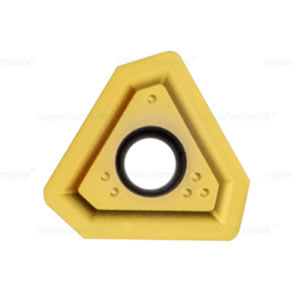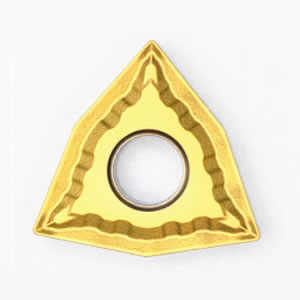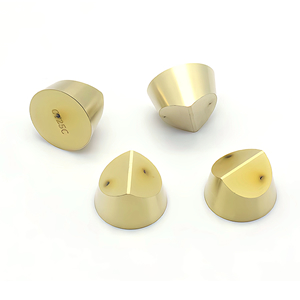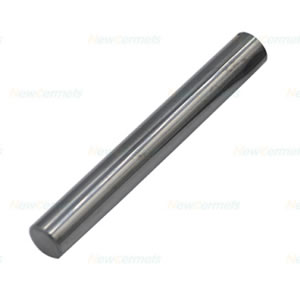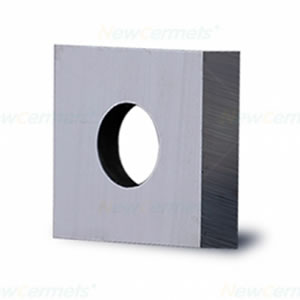Milling method of end mill
In the milling process, end mills can be divided into two types: down milling and up milling, according to the relationship between the rotation direction of the milling cutter and the cutting feed direction. When the rotation direction of the milling cutter is the same as the workpiece feed direction, it is called climb milling. The rotation direction of the milling cutter is opposite to the workpiece feed direction, which is called up-cut milling.
Climb milling is generally used in actual production. The power consumption of down milling is smaller than that of up milling. Under the same cutting conditions, the power consumption of down milling is 5% to 15% lower, and it is also more conducive to chip removal. Generally, the down-milling method should be used as far as possible to improve the surface finish (reduce the roughness) of the machined parts and ensure the dimensional accuracy. However, when there is a hard layer, slag accumulation on the cutting surface, and the surface of the workpiece is uneven, such as machining forging blanks, the up-milling method should be used.
During climb milling, the cutting changes from thick to thin, and the cutter teeth cut into the unmachined surface, which is beneficial to the use of milling cutters. During up milling, when the cutter teeth of the milling cutter contact the workpiece, they cannot immediately cut into the metal layer, but slide a short distance on the surface of the workpiece. It is easy to form a hardened layer, which reduces the durability of the tool, affects the surface finish of the workpiece, and brings disadvantages to cutting.
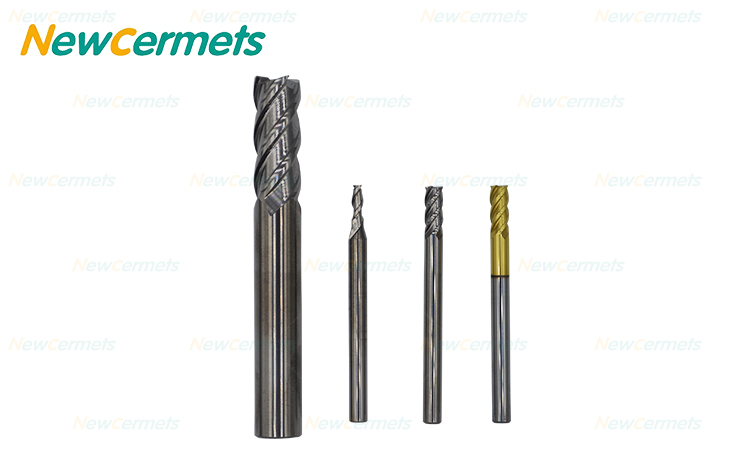
In addition, during up milling, since the cutter teeth are cut from the bottom to the top (or from the inside to the outside), and the cutting starts from the surface hard layer, the cutter teeth are subjected to a large impact load, and the milling cutter becomes dull faster, but the cutter teeth cut in. There is no slip phenomenon in the process, and the worktable will not move during cutting. Up milling and down milling, because the cutting thickness is different when cutting into the workpiece, and the contact length between the cutter teeth and the workpiece is different, so the wear degree of the milling cutter is different. The practice shows that the durability of the end mill is 2 to 3 higher than that of up milling in down milling. times, the surface roughness can also be reduced. But climb milling is not suitable for milling workpieces with hard skin.

